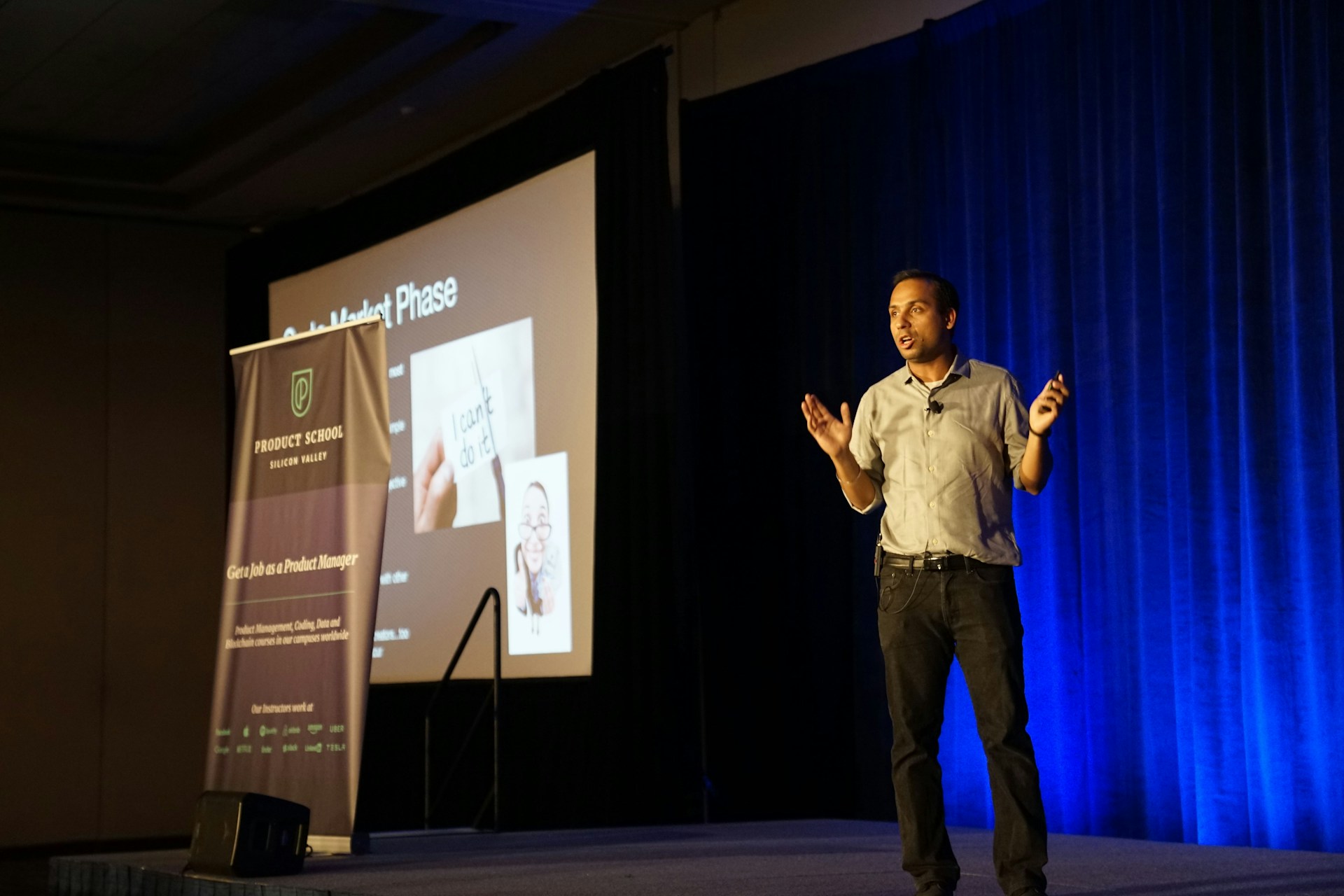 In a world where communication is key, the power of words can truly unlock endless possibilities. From conveying emotions to persuading others, mastering verbal communication is a skill that can lead to success in all aspects of life. Join us as we delve into the art of harnessing the power of words and explore the techniques for becoming a master of verbal communication.
In a world where communication is key, the power of words can truly unlock endless possibilities. From conveying emotions to persuading others, mastering verbal communication is a skill that can lead to success in all aspects of life. Join us as we delve into the art of harnessing the power of words and explore the techniques for becoming a master of verbal communication.
The Art of Crafting Persuasive Messages
When it comes to the art of crafting persuasive messages, the power of words cannot be underestimated. Verbal communication is a skill that can make or break a message, influencing the way it is received by the audience. Mastering this skill involves understanding the nuances of language, tone, and delivery to effectively convey your message.
One key aspect of persuasive communication is the use of storytelling. By framing your message within a compelling narrative, you can capture the attention of your audience and make your point more memorable. Additionally, using rhetorical devices such as metaphors, analogies, and emotional appeals can help to evoke a strong response from your audience. By honing your skills in verbal communication, you can unlock the power of words to persuade and influence others.
Building Connection Through Active Listening
Active listening is a powerful tool that can help build strong connections with others. By truly tuning in to what someone is saying, you are able to show that you value their thoughts and feelings. This can lead to deeper, more meaningful conversations and relationships. When you actively listen, you are not just hearing the words being spoken, but also paying attention to the tone, body language, and emotions behind those words. This level of engagement can create a sense of trust and understanding between you and the speaker.
One key aspect of active listening is being fully present in the moment. This means putting away distractions and giving your full attention to the person speaking. By focusing on what is being said, you can respond in a thoughtful and empathetic manner. Additionally, using verbal cues such as nodding, paraphrasing, and asking clarifying questions can show that you are actively engaged in the conversation. These small actions can make a big difference in how effectively you communicate with others.
Harnessing Nonverbal Cues for Effective Communication
When it comes to effective communication, mastering verbal cues is just as crucial as understanding nonverbal signals. While nonverbal cues can convey emotions and intentions, words hold the power to clarify, persuade, and connect with others on a deeper level. By harnessing the power of words, we can enhance our communication skills and build stronger relationships both personally and professionally.
In verbal communication, clarity is key. Using concise and impactful language can help ensure that your message is understood exactly as intended. Additionally, utilizing active listening skills and being mindful of your tone and inflection can further enhance your verbal communication. By honing these verbal cues, you can unlock the true power of words and become a more effective communicator in any situation.
Overcoming Barriers to Clear Communication
Communication is a fundamental aspect of human interaction, yet barriers often hinder the clarity and effectiveness of verbal exchanges. To unlock the power of words and master verbal communications, it is essential to identify and overcome these obstacles. Here are some strategies to help you navigate through challenges and enhance your communication skills:
- Active Listening: Pay attention to the speaker, show interest, and respond appropriately to demonstrate understanding.
- Clarity and Conciseness: Use simple language, avoid jargon, and be concise to ensure your message is easily understood.
- Empathy: Put yourself in the shoes of the other person to better understand their perspective and address their needs.
- Nonverbal Cues: Pay attention to body language, facial expressions, and tone of voice to grasp the full meaning of the message.
By implementing these techniques and actively working to overcome barriers to clear communication, you can effectively convey your message, connect with others on a deeper level, and build strong relationships. Remember, mastering verbal communications is an ongoing process that requires practice, patience, and a willingness to adapt to different situations and individuals. Keep honing your skills, and watch as your ability to communicate confidently and effectively grows.
In Summary
In conclusion, mastering the art of verbal communication is a powerful tool that can open doors, build relationships, and inspire greatness. By unlocking the power of words, we have the ability to shape our world and influence those around us. So, let us continue to hone our skills, speak with clarity and conviction, and watch as our words create magic in the world. Embrace the power of verbal communication and watch as your life transforms before your eyes. Thank you for joining us on this journey to mastering the art of communication.